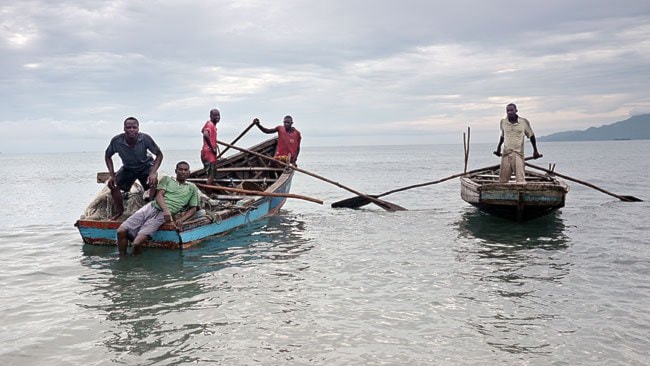BOD MER LIMBE
Returning from the mayor’s office on the back of a motorbike taxi, I try not to think of the thin wheels bouncing across the large rocks and ruts that make up the road.
Instead, I yell over Dr. Tiffany Keenan’s shoulder to ask how she thinks our meeting went.
“Well, it’s great to know that he has someone who can build wells and install pumps.”
This is a real breakthrough for us. It is the first time we have heard of anyone being able to source the needed materials for local infrastructure, like wells and water pumps.
“And if we can get the contractor to come out, that means we can put clean wells in Bod Mer Limbe, Booshi, Mango Yo and Mon.”
She is referring to the villages surrounding her medical clinic Sante Pou Yo (Haitian Creol for “Health for All”) on the north coast of Haiti.
My wife Alysha and I are volunteering here for six weeks to assist the Haitian doctor, nurse, and staff improve the health of the local population.
Keenan is the Canadian founder of Haiti Village Health, which manages the clinic and surrounding community development projects. She visiting from her home in Bermuda to check how things are operating, and to make sure Alysha and I are up to speed on our duties.
This includes everything from Alysha helping prepare a vaccine campaign to me meeting with the mayor to source materials for wells.
“It’s not enough to just treat illness, because health is much larger than access to medications,” Keenan explains.
“If we can prevent illness by providing basic needs, such as clean water and clean toilets, we can make a big difference in the area.”
Only one nearby village has a pump. Other villages have wells that have either dried up, become contaminated or need to be treated with chlorine.
Keenan estimates only 25 per cent of people in the region have access to clean or treated water. There are also very few latrines, some of which have become too contaminated to use due to cholera.
Being in a country like Haiti, where problems can be so complex and overwhelming, it feels good to be around someone who is so clear minded and focussed. Haiti Village Health is a small NGO and has to prioritize to make best use of its resources.
“The goal of our organization is to provide these basic needs, so that we can have the biggest bang for our buck,” says Keenan.
Our motorbike comes to a large section of road that has washed out and lies under six inches of water. During the rainy season, access to our village is difficult, as most people either walk or take motorbike taxis.
“While I’m gone, keep bugging the mayor to fix this road,” said Keenan. “The people here need better.”
Road building as a form of health care? Not typically the way we think of it in Canada, but I guess Keenan is not looking to just solve problems, she is here to prevent them.
Edward Westerhuis is a filmmaker from Whitehorse and his wife, Alysha McFadden, is a public health nurse. Together they are in Bod Mer Limbe, Haiti, for six weeks volunteering with Haiti Village Health (aka Sante Pou Yo). You can learn more about the organization or see blog updates at www.haitivillagehealth.ca.
